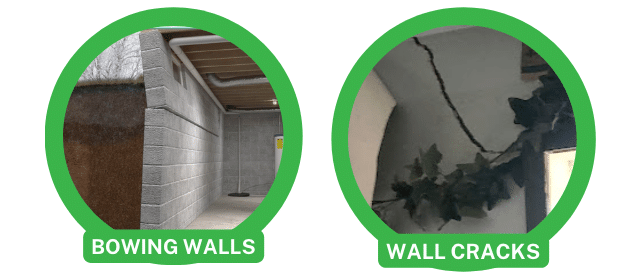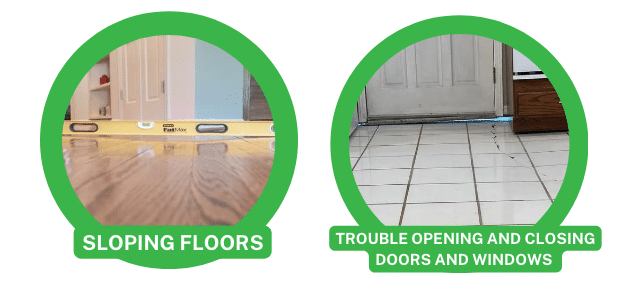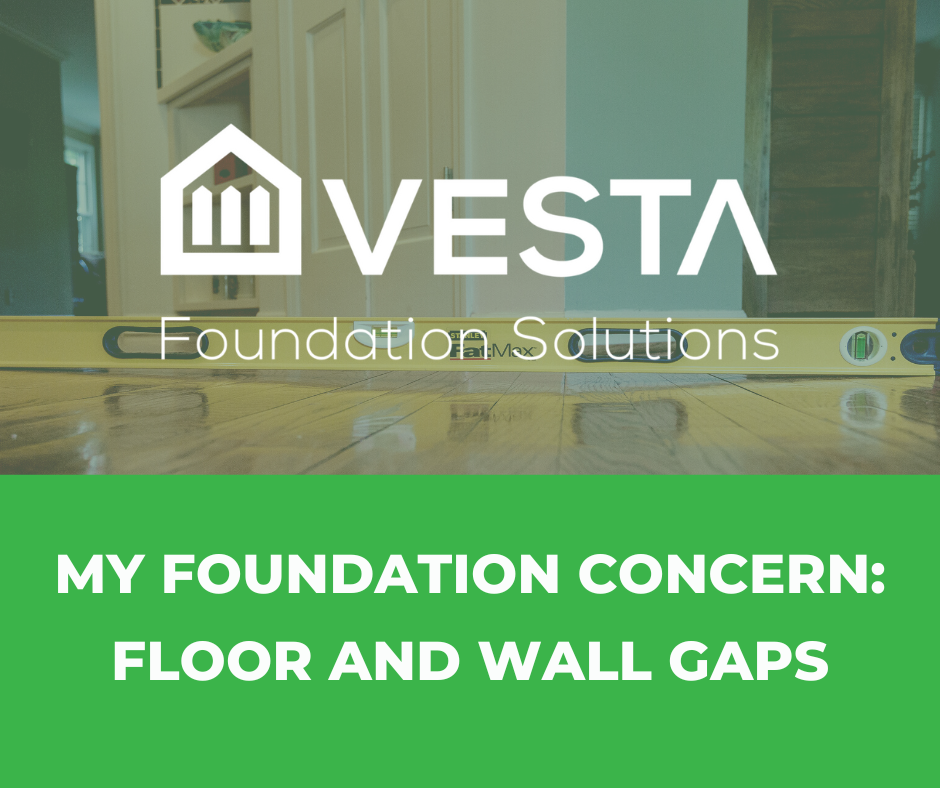A gap between the floor and the walls can be a serious problem that homeowners don't know how to fix. Early signs can be particularly difficult to recognize when they have been missed. By the time you notice the earlier signs, there may have been significant and long-term damage.
How can I fix these gaps in my floor? What are my options?
In the long run, this issue could become more costly when it is not addressed. Here are a few solutions to help solve the problem if you are willing to make the investment in your home and fix it with the right people!
Gaps in Floors and Walls: Early Fixes
The earlier you address an issue like this, the easier and cheaper it will be to fix. When experiencing floor and wall gaps, here are a few signs to look out for:
-
- Walls in the basement that are bowing
- Cracks in the Drywall
- Floor joists that bounce
- Having trouble opening or closing your windows and doors
Detecting these signs is easier than finding small gaps in the floor and walls. A floor or wall gap can indicate a structural problem despite its small size. The question is whether you can catch them before the damage becomes more severe.


Is There A Risk Of Floor And Wall Gaps Affecting Other Parts Of My House?
Gaps in your floors and walls may affect other parts of your house. Even though they may not be causing issues at the moment, these issues can have severe ramifications in the future. Here are some things you need to know about how it applies to your home and other areas.
- Individual Rooms
When you examine these rooms, you may find cracks that are obvious. You do not want them in your beautiful residence because they are not pretty and can be frustrating.
Cracks between the baseboard or the ceiling are not a pleasant thing, but we can certainly help you and your family fix them.
Especially if the issue is left unattended for an extended period of time, small items can fall between the baseboard and the wall and get lost. If the gaps get bigger, you're more likely to get insects, rodents, and other critters.
- The General Structure
Gaps in walls and floors do not just appear out of nowhere! In most cases, structural problems begin long before signs of trouble appear. There is a chance this problem will arise when one side of the floor sinks more than the other. Some homes may experience floor separation due to this.
In addition to creating structural problems, this gap also causes tension. You may not be aware that gaps between your floors and walls can cause your drywall to crack. It can happen when the wall begins to carry more weight than it was designed for. You may end up with a much more serious issue if you start seeing this secondary issue throughout your home.
- Outside The Home
What about the exterior of your home? Specific areas can also be negatively impacted by floor and wall gaps. This points to the underlying cause of these floor and wall gaps. When floor or wall gaps appear, it is usually because your home's structural integrity has been compromised. You may experience this problem in various places within your home.
If the weight of the home is greater on one side than the other, it can damage the concrete foundation that it rests on. Overcompensated weight on one side of your home can affect your driveway, sidewalk, patio, deck around your pool, and many other areas. Having structural instability could have a significant impact on all of these concrete structures.
We have a solution!
We would love to help you and your family find the right solution to protect the integrity of your home! Contact us today at (855) 55-VESTA and schedule a free inspection!




